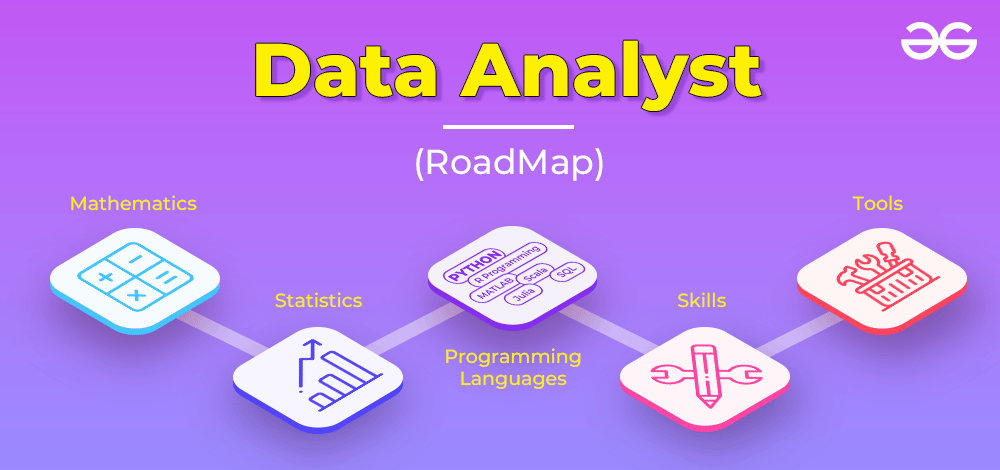Why UAT Testing Is Critical for a Successful Go-Live
- May 29, 2025
- Software Test Automation
- UAT Software testing
- 356 Views
Summary: This article discusses the key concepts of UAT testing for successful Go-Live
What is UAT
UAT is a critical phase of the development/Testing process that seeks to confirm whether the software is truly “fit for purpose” and ready for use in real-world conditions. Ultimately, UAT testing gives developers the feedback they need to determine if the system meets business requirements and works as intended for the people who will use it.
Effective UAT testing helps to:
✅Validate business requirements: Confirms that the software as designed meets business needs and user expectations.
✅Confirm workflow accuracy: Validates that processes and data flows work under real-life scenarios.
✅Promote user adoption: Helps end users to better understand and feel comfortable with the system as designed.
✅Identify gaps and defects early: Catches defects and issues during development when they are easier and less costly to fix.
5 Most Common UAT Test Mistakes and mitigation plan That Delay Go-Live
🛠️ Incomplete Test Coverage
Mitigation:
- Use a UAT test management platform to generate test coverage reports to cover workflows and user roles.
- Include test cases that evaluate edge cases and integration points to ensure complete test coverage.
🛠️ Unclear Roles and Responsibilities
Mitigation:
- Define UAT roles and responsibilities before testing begins.
- Assign team members to manage defect logging and resolution.
- Hold frequent check-in meetings to monitor progress and resolve issues quickly.
🛠️ Not Involving End Users Early
Mitigation:
- Involve end users during the early phases of test scheduling and software development.
- Include end users in UAT planning, test execution, and resolution.
- Centralize feedback to identify trends and issues before they become roadblocks.
🛠️ Inconsistent Defect Management
Mitigation:
- Use a test management tool with a centralized defect tracking system.
- Utilize a consistent prioritization process to manage defects based on their impact on go-live and user experience.
- Follow a structured process to resolve and retest defects.
🛠️ Lack of Realistic Test Data
Mitigation
- Use anonymized production data in the test environment to produce more realistic results.
- Confirm test data can handle edge cases and reflect actual business use cases.





